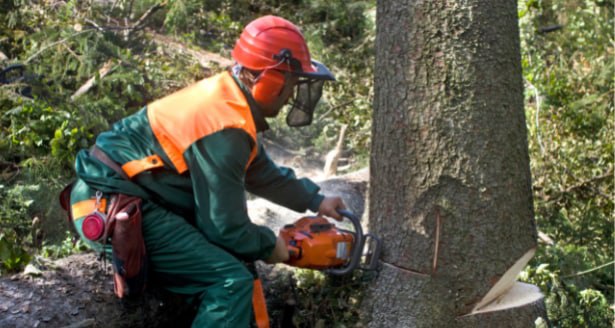
Introduction: In an era of rapid urbanisation and environmental degradation, ecological restoration projects offer hope for revitalising our natural landscapes. Trees, with their profound ecological significance, are central to these efforts, serving as cornerstones of biodiversity and ecosystem health. At Eastbourne Tree Care, we recognise the critical role that tree trimming plays in supporting ecological restoration projects, fostering the regeneration of native habitats and the revival of fragile ecosystems.
Restoring Balance Through Ecological Restoration
Ecological restoration aims to reverse the damage caused by human activities and restore ecosystems to their natural state of health and resilience. This process involves a range of interventions, including habitat restoration, native species reintroduction, and soil rehabilitation. Trees are integral to many ecological restoration projects, providing essential habitat, stabilising soil, and promoting biodiversity.
The Importance of Tree Trimming in Ecological Restoration
Tree trimming is a fundamental aspect of ecological restoration projects, contributing to their success in several ways:
- Habitat Enhancement: By selectively trimming trees, arborists can create diverse habitat structures supporting various plant and animal species. This includes providing sunlight access to forest understories, creating snag habitats for cavity-nesting birds, and promoting the growth of native vegetation.
- Invasive Species Management: Invasive species pose a significant threat to native ecosystems, outcompeting native vegetation and disrupting ecological processes. Tree trimming can help control invasive species by removing overgrown vegetation and promoting the growth of native plants that support a more balanced ecosystem.
- Soil Stabilisation: Trees play a crucial role in soil stabilisation, preventing erosion and maintaining the integrity of landscapes. Trimming trees along stream banks, hillsides, and other vulnerable areas helps to protect soil structure and prevent sedimentation in waterways, contributing to overall ecosystem health.
- Promoting Succession: Ecological restoration often involves guiding ecological succession, the natural process by which ecosystems transition from one state to another over time. Tree trimming can facilitate succession by opening up space for pioneer species to establish and thrive, kickstarting the restoration process.
Conclusion: Tree trimming is a vital tool in the toolbox of ecological restoration, helping to create habitats that support biodiversity, promote ecosystem resilience, and revitalise degraded landscapes. Experts are committed to supporting ecological restoration efforts and contributing to the conservation of our natural heritage.
Call us on: 01323 921097
Click here to find out more about Eastbourne Tree Care
Click here to complete our contact form and see how we can help with your tree’s needs.